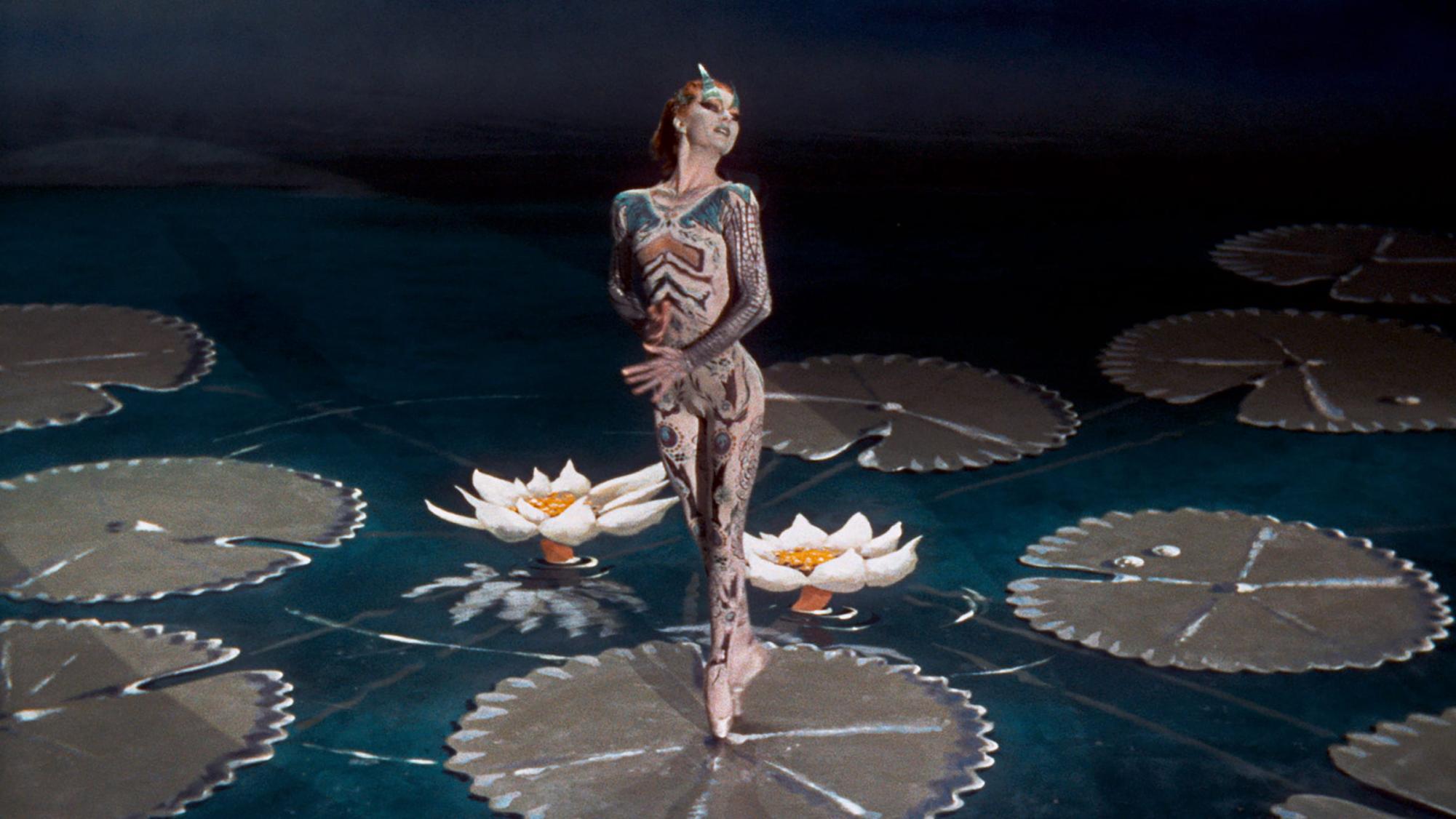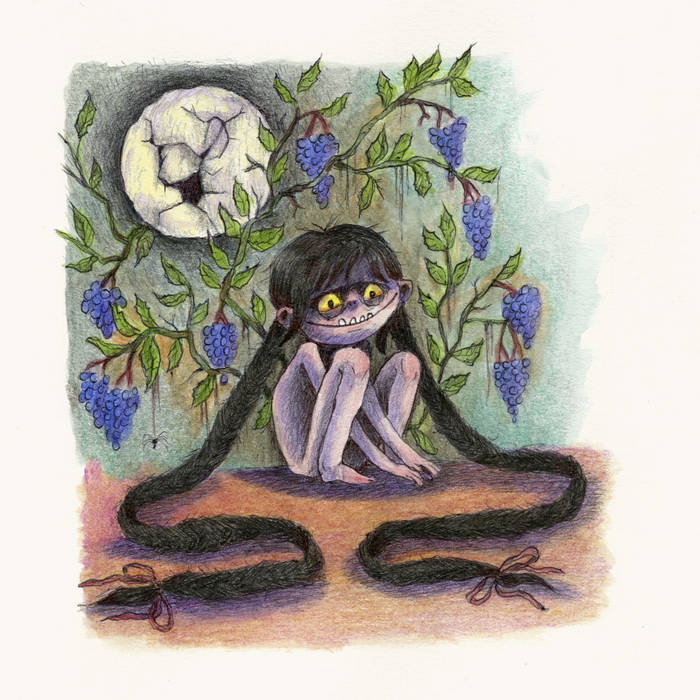In 1951, a young George Romero was whisked away to theaters by his aunt and uncle, taken not to a matinee of the latest “Tarzan” picture, as he had wanted, but to a musical fantasia of calamity, love, and heartbreak. It was there that he bore witness to a miracle — one so strong it altered the permanence of his life. He now bore the curse of the filmmaker: he had to tell stories of his own. So, what was that legendary motion picture that roused his heart? Indeed, it was something truly special: a filmic adaptation of Jacques Offenbach’s opera, “The Tales of Hoffmann,” brought to life by Michael Powell and Emeric Pressburger, a directing duo better known by their production name: The Archers.
In the decades since its release, the shadows of obscurity have been cast over this film, particularly as the art of opera has fallen out of the mainstream eye and recontextualized within notions of pretentiousness and inaccessibility. As the musical form and its structure have evolved to take on more contemporaneous feelings, and the cultural trends fluctuate for eternity, it begins to seem as if a film like “Hoffmann,” with all its artifice, is bound to only live in the memories of those who have carried it with them since youth. But it should not have to be this way.
By the time “The Tales of Hoffman” was released in 1951, the directorial careers of Powell and Pressburger had been well-established. Their film, “The Life and Death of Colonel Blimp,” drew ire for the lambasting of the British military complex; the intense psycho-analyzation of religion in “Black Narcissus” proved popular; the dichotomy of love and profession within “The Red Shoes” would go on to have one of the most important legacies in cinema history. “The Tales of Hoffmann” represents a radical shift for the duo because, until this point, the films of the Archers had been strictly fictional narratives. “Hoffmann” itself has no narrative in the traditional sense, being a through-line of vignettes and lost loves, delivered solely through emotional arias of the soul. It is a film unfussed by the need for dialogue to dictate its poetry when the image and the sound are all that is needed. Gone is the emotional realism rooted in wartime trauma and mental health. Quite the opposite, “The Tales of Hoffmann” remains light and airy, reveling in a comedic and laughable anthology of love stories, psychologically bereft of complexity. However, the film dips its toes into a thematic atmosphere and imagery that Powell and Pressburger have painted throughout their careers — that of dreams and the ever-hazy limbo of fantasy — achieving a lightness of presence and purity that is wholly singular.
To be immediately noticed is the acute awareness that the film itself does not hide its construction, or rather that the realities these characters live in are false by aesthetic design. All action occurs on a stage, and no effort is made to conceal that. One notices the matte-paintings, the lines on the floor that act as a stairway, the sparse decoration, and the oversized feel of these very props, but it’s all a play, so why not give oneself into it? Films created with the language of stage plays are nothing new, but the special nature of “Hoffmann” stems from its tuning of joyous artifice. Not only is tangible space rendered in extremity, but the wigs and costuming are opulent to the point of garishness, and the color control is uninhibited, casting feelings of otherworldliness. Every second of this film is coated in a colorful decadence, almost too strong at times, but in every sense, one of the most gorgeous films one will ever lay their eyes on. The film also strikes one as remarkably hilarious, from the pathetic and self-pitying nature of E.T.A. Hoffmann to small gestures like the masked aristocrats falling out of their seats from laughing too hard, and even the earnest, yet outlandish, expressions elicited from the performers. And one need not mention how gorgeous the music is. It may have been far more unconvincing should the subject matter have been darker and less whimsical, but on the tonal tightrope, the comic nature feeds into the impressionistic artifice, making for something consistently joyous and joyously consistent. No life could ever be this colorful unless it’s life and dreams through the eyes of Powell and Pressburger.
Seeded throughout the song and dance are three individual stories, all detailed by Hoffmann as the stories of his heartbreak, just as he is about to experience it once more. Although not the central focus of the filmmaker duo, love consistently permeates throughout the entire film. Opera is one of many arts, and the overarching culmination of such mediums is ultimately the expression of personal feeling and the stories that we tell, over and over again. To express love through art has been something recurring throughout the history of our people, and no matter how trivial or dramatic it is rendered, these universal primordial wells that people draw from make it timeless. Yet art, and particularly the motion picture, is not always viewed as such. We are a people built on a lineage of progress, and the way in which film is received as an art form has evolved since 1951. There is a hunger for heavy serialization of storytelling as opposed to moments and stories that can be misconstrued to feel like fluff. We are constantly reinventing old stories of Shakespeare and Austen into new adaptations, without revisiting the old ones. We romanticize the process of technicolor so deeply, but no one ever looks back to the thousands of films that were of technicolor prowess. We always look forward, but in doing so, where does that leave the past?
“The Tales of Hoffmann” is an old story, but old age is not a curse. Powell and Pressburger’s adaptation is gorgeous and whimsical, more colorful than a candy store, and everything that is pure and right and earnest in this world. When George Romero was growing up in the Bronx, the only way that he could watch films was to rent a 16mm projector and a film reel from film stores. He’d rent “The Tales of Hoffmann” obsessively. But there’d be some days in which the reel was taken by someone named Martin Scorsese. Romero joked that they were probably the only two people in all of New York who rented this film. Romero would go on to revolutionize the horror genre, yet always kept “The Tales of Hoffmann” in his heart. Though the world has changed so vastly in 73 years, and we no longer have Romero with us, we are in an age where there is more than one copy of “Hoffmann” accessible, and the world of film preservation has kept our collective memory of many films alive. If not “The Tales of Hoffmann,” take a chance on the stories of old. There’s greatness and beauty just around the corner; one just needs the bravery to look there.









